Navigating Loan Approval with a Poor Credit Score: Leveraging Alternative Credit Scoring
Securing a loan with a poor credit score often feels like an uphill battle. Traditional lenders are generally wary of approving loans for individuals with low credit scores due to perceived risks. However, the landscape of lending is evolving, and alternative credit scoring methods are becoming increasingly influential. These alternative metrics can help you obtain the financing you need even when your traditional credit score isn’t ideal. Here’s a guide to navigating the loan approval process with a poor credit score and how alternative credit scoring can make a difference.
1. Understanding Your Credit Score
First, grasp the basics of your credit score. Typically, scores range from 300 to 850, with a lower score indicating higher risk. A poor credit score is usually below 580. This score reflects your creditworthiness based on factors such as payment history, credit utilization, and the length of your credit history.
2. The Role of Alternative Credit Scoring
Alternative credit scoring provides a broader view of your financial behavior beyond the traditional credit score. These methods assess various aspects of your financial life, offering lenders a more comprehensive picture of your creditworthiness. Here’s how alternative credit scoring can help:
a. Payment History for Non-Traditional Accounts
Alternative credit scoring can include your payment history on non-traditional accounts, such as rent, utilities, and cell phone bills. Lenders using these metrics can see a record of responsible payment behavior, even if you have a limited or poor credit history.
b. Income and Employment Stability
Some alternative credit scoring models consider your income and job stability. Regular, reliable income and long-term employment can indicate your ability to repay loans, offering a more nuanced assessment than a traditional credit score alone.
c. Bank Account History
Your banking activity, including your account balance and transaction history, can also be evaluated. Positive bank account behaviors, such as consistent deposits and a good savings record, can enhance your profile and make you a more attractive borrower.
d. Social and Community Engagement
Certain lenders and alternative scoring models take into account your social and community involvement. Active engagement in community organizations or a strong social network can sometimes be used to assess your reliability and character.
3. Exploring Alternative Lenders
Traditional banks might be reluctant to approve loans for those with poor credit scores, but alternative lenders often utilize alternative credit scoring methods. Here’s how to explore these options:
- Online Lenders: Many online lenders use alternative credit scoring models. They may offer more flexible terms and consider additional factors beyond your credit score. Click here to apply with Lift Credit.
- Peer-to-Peer Lenders: Platforms that connect borrowers with individual investors often use broader criteria, including alternative credit scores, to evaluate loan applications.
4. Consider Secured Loans
Secured loans, which require collateral such as a car or savings account, can be a viable option if you have a poor credit score. Because these loans are backed by collateral, lenders may be more willing to approve them even if your credit score is low.
5. Utilize Co-Signers and Joint Applications
Having a co-signer with a strong credit history can improve your chances of loan approval. The co-signer’s creditworthiness helps offset your lower score and reduces the lender’s risk. Similarly, applying jointly with someone who has good credit can make the approval process easier.
6. Consider Credit-Building Loans
Credit-building loans are designed to help individuals improve their credit scores. These loans often involve depositing the borrowed amount into a savings account that you cannot access until the loan is repaid. Your regular payments contribute to improving your credit history.
7. Evaluate Interest Rates Carefully
Loans offered to individuals with poor credit often come with higher interest rates. If you’re using alternative credit scoring methods, it’s still crucial to carefully review the terms and ensure that you can manage the payments. Check out Lift Credit’s rates and terms pages.
8. Be Aware of Scams
When exploring loan options, be cautious of lenders who might exploit individuals with poor credit by charging excessive fees or making unrealistic promises. Always research lenders thoroughly and verify their legitimacy.
Conclusion
Navigating the loan approval process with a poor credit score is challenging but not impossible. By leveraging alternative credit scoring methods, you can present a fuller picture of your financial responsibility beyond traditional credit metrics. Exploring alternative lenders, considering secured loans, and using co-signers are strategies that can increase your chances of approval. As the lending landscape evolves, staying informed and making strategic financial decisions will help you secure the financing you need while working towards a better credit score and a stronger financial future.








